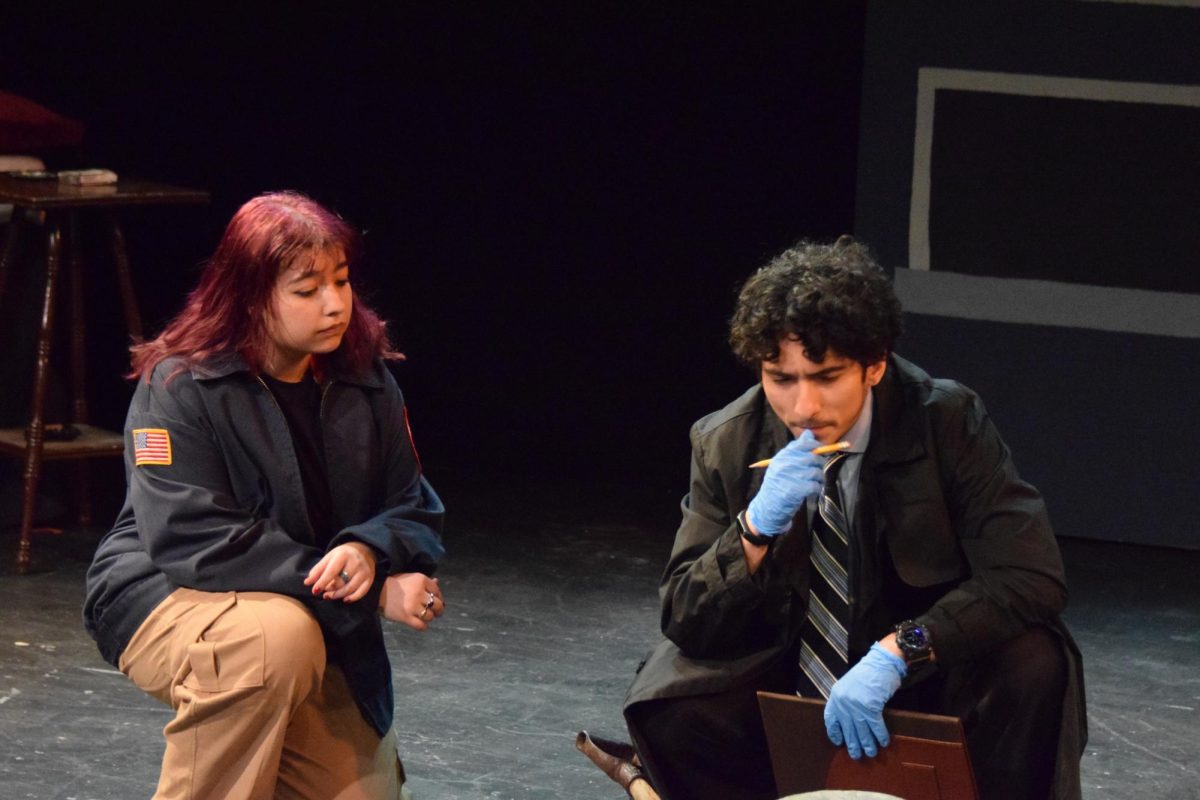 Towards the end of Les Misérables, a heart broken Maurice (Eddie Redmayne) revisits the massacred apartment that once acted as congregating place for him and his revolutionary friends. He speaks a truth that encompasses the director Tom Hooper’s vision in creating this production of Les Mis; “There’s a grief that can’t be spoken.”
Towards the end of Les Misérables, a heart broken Maurice (Eddie Redmayne) revisits the massacred apartment that once acted as congregating place for him and his revolutionary friends. He speaks a truth that encompasses the director Tom Hooper’s vision in creating this production of Les Mis; “There’s a grief that can’t be spoken.”
It’s true, there is some sorrow that is too difficult to speak of; however, singing when there is no legitimate emotional motivation to do so detracts from the emotional potency in other parts of the film.
Based on the 1862 novel of the same name by Victor Hugo, Les Miserables follows the story of Jean Valjean (Hugh Jackman), who breaks his parole and is ruthlessly pursued by policeman Javert (Russel Crowe). Valjean vows to change, and adopts and cares for a dying prostitute’s (Anne Hathaway) child Cosette.
Nine years later, Maurice pursues a matured Cosette (Amanda Seyfried) while simultaneously helping to lead the French revolution of 1832. Seemingly complex, the two and a half hour run time allows the audience ample time to establish intimate relationships with the characters and the dramatic turns and declines they encounter. It is a story that offers an opportunity to experience, through song, universal human emotions, such as vengeance, grief, shame, determination, angst and love.
Directed by Tom Hooper (The King’s Speech), this production of Les Miserables is first and foremost a musical. As few as thirty lines of dialogue are spoken during the two hour and thirty minute period. As Mr. Hooper has made clear in numerous interviews, the musical performances in the film were not prerecorded. Apparently, this allows for the actors to engage more freely with their characters on every take.
It is possible that by committing to a more organic filming environment, Mr. Hooper felt compelled to incorporate song whenever humanly possible. As a result, the musical performances in the first half of the film (with the exception of Ms. Hathaway’s and Mr. Jackman’s solos) feel unnecessary and forced on the characters.
“It’s an essential part of the film because it is the music that tells the story,” says Maya Cates-Carney ‘16 in defense of the incorporation of song in the film.
The first half of the film unquestionably belongs to Ms. Hathaway. She fully embodies the role of the desperate and maltreated Fantine.
“The most impressive part was Anne Hathaway’s decline from her purity to selling sex on the street. We’ve seen a lot of graphic things on TV and in the media, but in that scene, it was just so wrong. The solo afterwards finalized the moment and almost brought tears to my eyes,” shared Jake Henderson ’16.
It is rare that an actress can maintain a frame as long as she does in “I Dreamed a Dream”. Hathaway fills the screen with painfully accurate depictions of visceral distress and defeat, and not once do we believe that she is the same actress who debuted as Princess Mia in “Princess Diaries” a decade ago.
Cinematographer Danny Cohen allows us to engage with characters at their most vulnerable from a comfortable though still affecting length. The theatrical use of tracking shots, the occasional fish eye lenses, and the slanted camera angles are at the very least more appropriate here than they were in The King’s Speech.
The infusion of youthful spirit in the second act marks the start of the Les Miserables that inspires, not depresses us, as viewers. The emotionally turbulent lives of the young and eager French revolutionaries is impossible to ignore as they attack parades and chant triumphantly from the top of carriages.
It is only in the second half of the film when song seems to flow the most freely from both the main characters and the chorus. Although audiences must endure a few painfully over directed scenes in the first act, the impressive solo musical performances and inspirational youthful uprisings provide enough reason to sit through this pop culture phenomenon.








